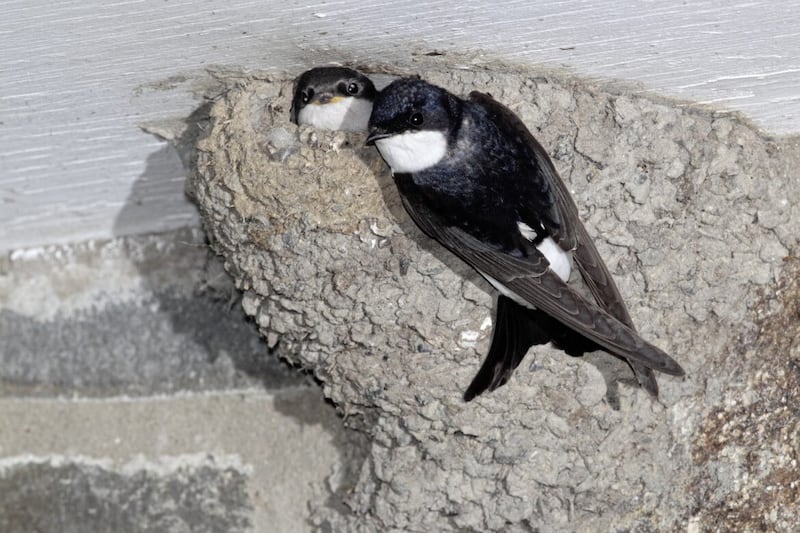SCANNING Lower Lough Erne recently and picking out some tufted duck, mallard, and coot skulking secretively among the reeds, I imagined the prospect of seeing the magnificent fish-eating bird of prey, the osprey.
Extinct from here for around 200 years, the bird’s return to this lough and many other waterways across Ireland is eagerly awaited.
In recent years solitary birds have been seen passing through on migration during spring and autumn, to or from one of their breeding grounds, Scotland, but there are no records of breeding.
The hope is this will soon change with the exciting news the National Parks and Wildlife Service (NPWS), responsible for nature conservation in the Republic of Ireland, is managing a reintroduction programme for the osprey. Minister of State Malcolm Noonan TD stated: “The NPWS plans to bring 50-70 Osprey chicks to Ireland from Norway over a five-year period”.
The first 12 osprey chicks are expected this summer, to be kept in ‘holding pens’ at release sites in counties Waterford and Wexford where suitable fresh and saltwater habitats are present and where artificial eyries have also been constructed. Similar eyries have been built throughout the country in recent years to encourage passing birds to recolonise.
NPWS divisional manager Eamonn Meskell says: “Once the chicks arrive in Ireland, we’ll be monitoring their progress and adapting their feeding regime to build towards their eventual release over the summer”.
Ospreys are striking raptors, both adults sporting dark brown upperparts, white underparts and a white head with a thick dark eye-stripe and yellow eyes. One of its Irish names, ‘Iascaire coirneach’, the ‘tonsured fisherman’, references its monk-like bald head, as does ‘Préachán ceannnann’, the bald crow. Ospreys nest high up in pine trees near lochs and estuaries in which they hunt for prey. Fish are located from the sky and caught after a spectacular dive with the bird plummeting down headfirst, before at the last second thrusting its feet forward to seize the fish. Its talons are long and curved with special adhesive scales, and spines under its toes to help grip the slippery quarry. The osprey uses its massive wings to lift itself clear of the water and get airborne often with a heavy catch. To help ease transportation to nest or perch, the bird will ensure the head of the fish is forward facing to reduce drag from the wind.
Read more:Take on Nature: When darkness falls, do not fear the common pipistrelle
Read more:Take on Nature: In the company of birds
Pandion haliaetus, which borrows part of its name from Pandion the ancient king of Athens in Greek mythology, is considered a sacred bird in many cultures which focus on its courage, strength, and prowess, probably because of the bird’s skill in catching and hauling fish from water.
Early works reflected the belief ospreys had great powers of sorcery over fish, with Turner (Turner on Birds, 1544), writing: “Wlien the osprey hovers in the air whatever fishes be below turn up and show their whitish bellies.” English playwright and poet George Peele also alludes to this enchantment, in The Battle of Alcazar (1590s), writing: “I will provide thee of a princely Osprey/That as he flieth over fish in pools/The fish shall turn their glistening bellies up/And thou shalt take thy liberal choice of all.”
Although, not directly involved in this project, Lorcán O Toole, manager of the Golden Eagle Trust, welcomes the programme. A strong advocate for their reintroduction, he says: “They have been lobbying to bring ospreys back”, adding: “it’s great to restore part of our native wildlife species” and that, “in due course, they will be very beneficial for tourism”.
A warm welcome, from most, awaits the tonsured fisherman.







